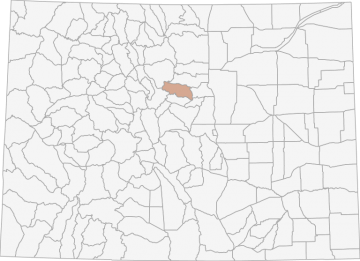Hunting Statistics for EF039O1R


With all things equal, draw odds is the percent chance you'll draw this tag as your first choice hunt. Depending on the state draw these odds represnt:
Last year the average draw odds for hunt EF039O1R was 33.33%.
Quotas are the number of limited licenses up for grabs. Quotas are only set for limited license hunts. As you probably guessed, there are often different quotas for residents and nonresidents. Obviously, over-the-counter licenses are not shown in this graph.
Often state agencies do not report actual resident/nonresident quota breakdowns. They'll say that they will be determined at the time of the draw. In those cases, we'll try to calculate an estimated quota based on actual historical draw results.
Last year the total quota for hunt EF039O1R was 10 licenses, and 8 licenses were reserved for residents.
Was the quota met in the draw, or is there a surplus of leftover tags? In popular units, there's rarely any surplus. It's worthy of note to mention that just because there may be a surplus, that doesn't mean that those licenses will be available to purchase as a leftover license.
Last year, there were 10 tags drawn, and there were 0 leftover tags (after the draw) available for hunt EF039O1R.
How much competition do you have? Let's face it, in many competitive units when you don't get your first choice, you're not getting a tag.
Last year, there were 30 hunters who put hunt EF039O1R as their first choice.
In the past year, here's the breakdown of the number of points that applicants had prior to applying for hunt EF039O1R.
In some very popular units in states where preference points are utilized, there's a problem we call point creep. And unless you've already collected a bunch of points in that state, you're probably best to bypass these hunts. It can be quite nasty.
Over-the-counter with caps licenses are licenses that are sold over-the-counter but limited in number and only available as first-come first-served. You snooze - you loose.